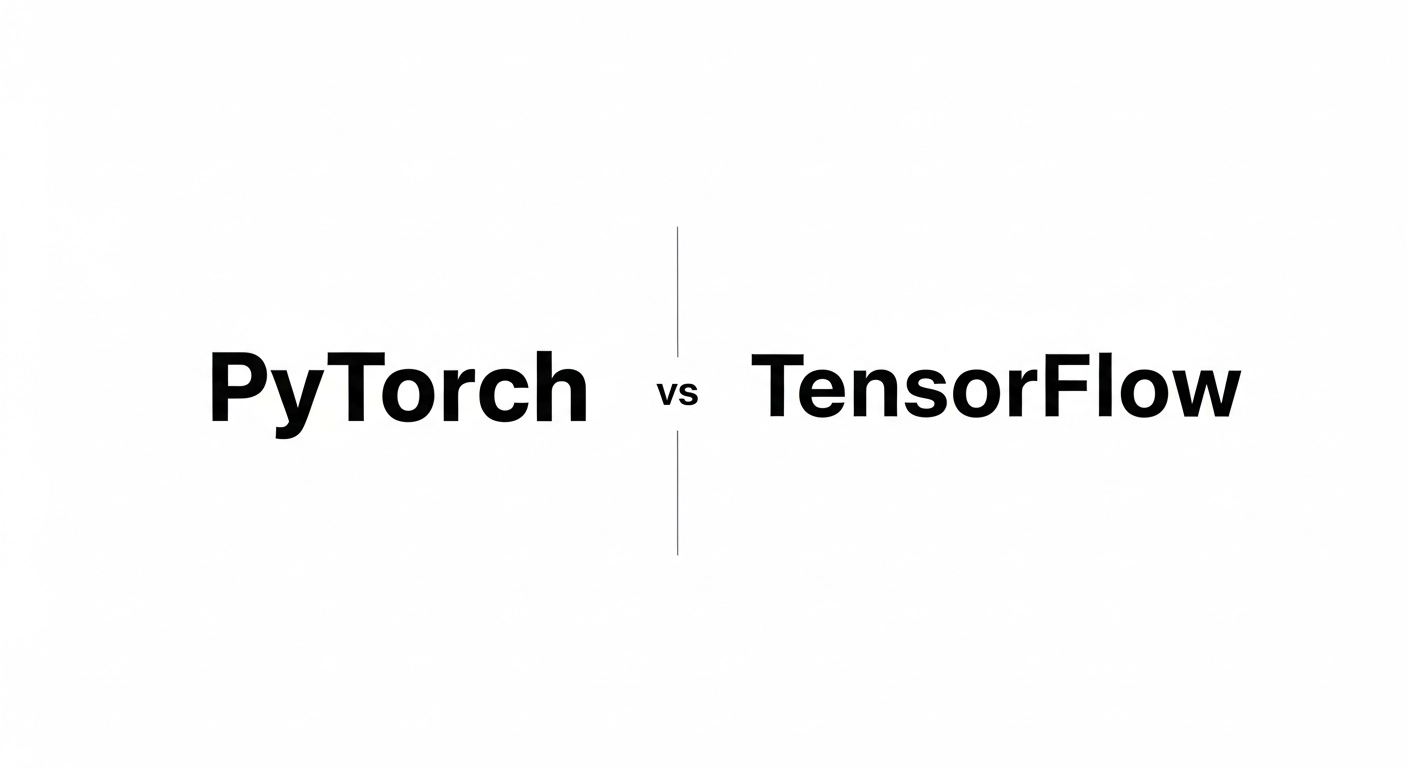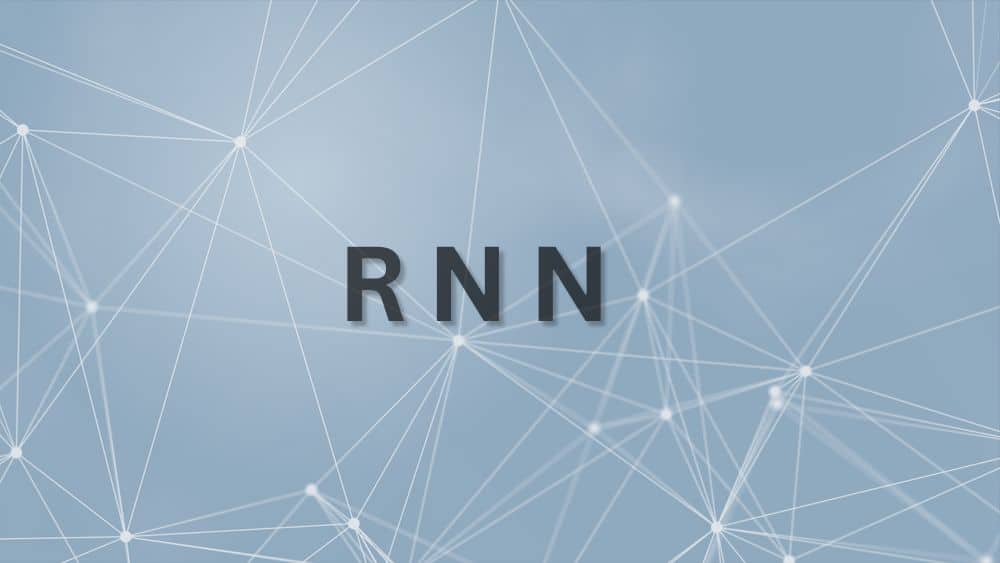PyTorch and TensorFlow are deep learning frameworks used to build, train, and deploy neural networks. They help you work with tensors, automatic gradients, GPUs, and AI model development without writing low-level code.
Deep learning tools have changed fast. Large Language Models pushed new needs. PyTorch 2.x introduced real compilation and improved speed without sacrificing flexibility. Keras 3.0 now runs on TensorFlow, PyTorch, or JAX, so the coding style is no longer tied to one engine.
Today, the difference is not only about speed or ease. You need to know how these tools behave when you write code daily, fix errors, train large models, or prepare for launch.
This guide focuses on the practical use of PyTorch and TensorFlow for building, fixing, and deploying models.
The Main Difference: Flexible vs. Structured
The biggest difference between these two tools is not speed - it is how they feel to use. If you code in these every day, the difference is clear.
PyTorch: Flexible and Direct (Standard Python)
PyTorch feels like writing normal Python code. If you know numpy, you already understand most of PyTorch. It runs code line-by-line (eager execution). You can write custom loops, check data shapes instantly, and use standard Python tools to fix errors.
The Workflow: It allows you to code freely. You can try new ideas quickly, and the software adapts.
PyTorch Example:
<code>import torch
It acts exactly like Python
x = torch.tensor([1.0, 2.0, 3.0])<br>y = torch.tensor([4.0, 5.0, 6.0])
You can use standard Python logic inside the code
</code><code>if x.sum() > 0:<br> print(f"Debug: Sum is {x.sum()}") # This prints instantly<br> z = x * y</code>
TensorFlow: Structured and Strict (Engineering Focus)
TensorFlow (using Keras) feels like building a detailed plan. It follows a "construction" approach. You build the whole machine first, check all the connections, and then run it.
Even with newer updates, TensorFlow tries to convert your code into a fixed graph for efficiency. If something breaks, the error message often points to the internal system (C++ code), not the Python line you wrote.
TensorFlow Example:
<code>import tensorflow as tf
@tf.function # The compiler tool<br>def compute(x, y):<br> # This logic is converted into a graph<br> return tf.math.multiply(x, y)
Errors here can create long, complex error messages
</code><code>result = compute(tf.constant([1.0]), tf.constant([4.0]))</code>
Learn Machine Learning with Python
Learn machine learning with Python! Master the basics, build models, and unlock the power of data to solve real-world challenges.
What Has Changed?
Forget the old comparisons. Here is the current state of the technology.
PyTorch 2.x: The Speed Upgrade
For years, people said PyTorch was slow for finished products. PyTorch 2.0 fixed this.
The update introduced torch.compile. This tool lets users wrap a model and convert the Python code into fast, optimized machine code (using Triton). It matches TensorFlow's speed but keeps the flexible Python feeling during development.
<code>import torch
model = MyNeuralNet()
The 2026 Update
This single line makes the model fast for production
</code><code>optimized_model = torch.compile(model)</code>
Keras 3.0: The Multi-Backend Tool
This is a big change for TensorFlow users. Keras is no longer just for TensorFlow. Keras 3.0 is a system that works with multiple engines.
You can write Keras code and run it on top of PyTorch, JAX, or TensorFlow. This separates the "easy coding style" from the "TensorFlow engine," giving developers more choices.
Common Problems You Will Face
Charts do not show the daily difficulties. Here are the real issues developers face.
PyTorch Problem: The "Graph Break"
While torch.compile is fast, it is strict. If you put a print statement or a simple Python if condition based on data inside a compiled function, the compiler "breaks" the optimization.
It switches back to slow Python mode to handle the logic. To get maximum speed, developers must learn to write code that the compiler accepts, which reduces flexibility.
TensorFlow Problem: Hidden Errors
TensorFlow manages memory very strictly. A common issue is the software using all the video memory (VRAM) before training even starts, just to "save" it. This causes crashes when running multiple models.
Also, fixing errors inside tf.function is hard. A shape error can produce hundreds of lines of confusing text referring to internal parts of the graph that the developer never named. It requires deep knowledge of the system to fix.
Comparison Table: Which One for You?
| Feature | PyTorch | TensorFlow |
|---|---|---|
| Main Use Case | Research, Generative AI, LLMs, Computer Vision. | Corporate Apps, Mobile/Edge Devices (TFLite). |
| Fixing Errors | Easy. Use standard print or debug tools. | Hard. Requires understanding graph systems. |
| Performance | Fast (with torch.compile), but needs adjustment. | Consistently fast via XLA compiler. |
| Data Loading | DataLoader is flexible but can slow down the CPU. | tf.data is very fast but requires more code. |
| Launching | Improving (TorchServe, ONNX), but not standard. | Best Choice (TF Serving, TFLite). |
| Jobs | Leading in Research & GenAI roles. | Leading in Operations & Traditional Corporate roles. |
PG Program in AI & Machine Learning
Master AI with hands-on projects, expert mentorship, and a prestigious certificate from UT Austin and Great Lakes Executive Learning.
The Final Recommendation
The choice depends on where the code will run.
Choose PyTorch If:
- You are working with LLMs or GenAI. Most modern research and open-source models (like Llama) are built in PyTorch.
- You are building something new. The industry trend is moving this way.
- You want easier problem-solving. The ability to fix errors quickly saves many hours during testing.
Choose TensorFlow If:
- You are launching to small devices. TFLite is still the best tool for mobile phones and embedded chips.
- You are joining an older team. Banks and large companies often have years of existing TensorFlow code that is too expensive to replace.
A Tip for Beginners
If you cannot decide, start with Keras 3.0.
It allows you to learn the main concepts (Layers, Models, Optimizers) using a simple coding style. Because Keras 3.0 works with different engines, you can switch the underlying system to PyTorch later if you need more control.
<code>import os
The Beginner Tip:
You can switch this to "tensorflow" or "jax" later
os.environ["KERAS_BACKEND"] = "pytorch"
</code><code>import keras</code>






